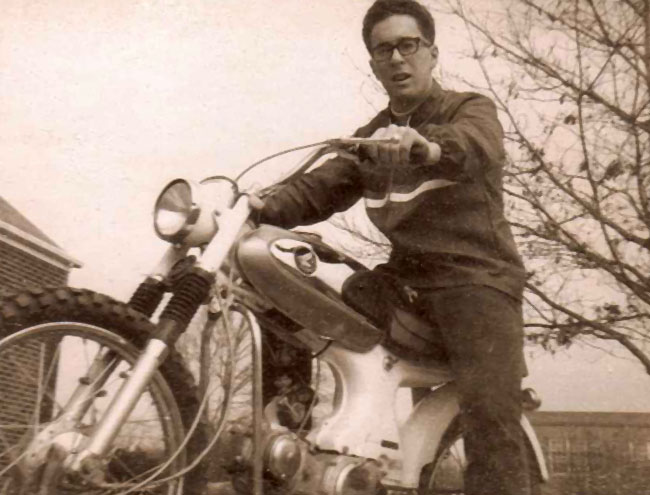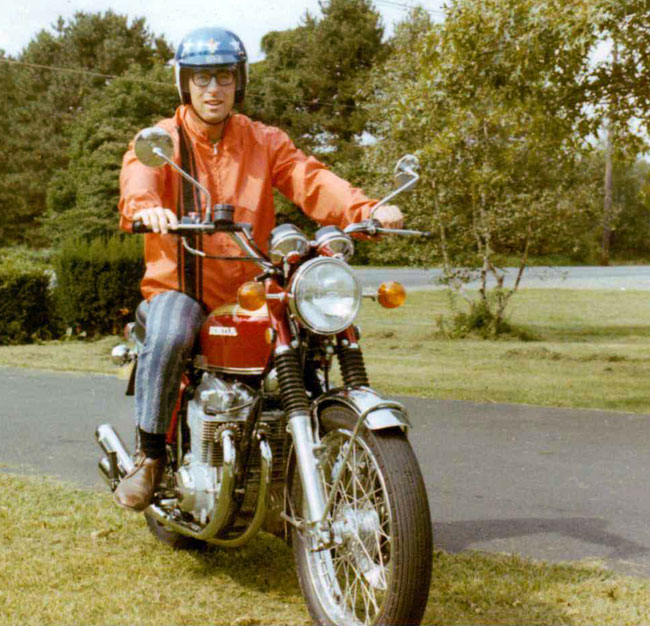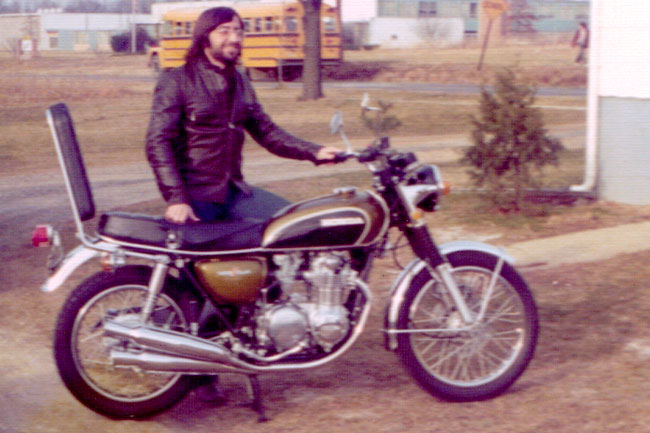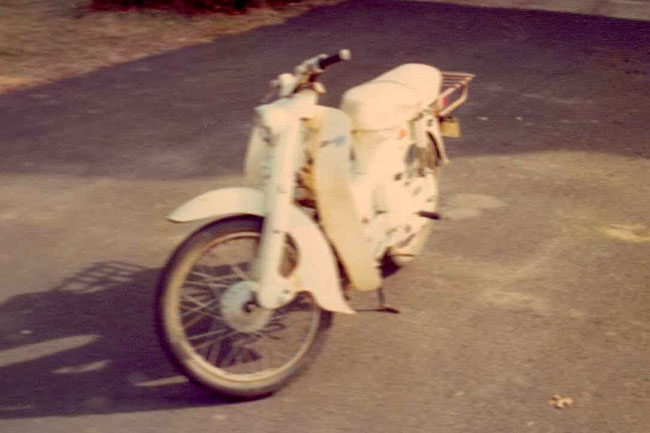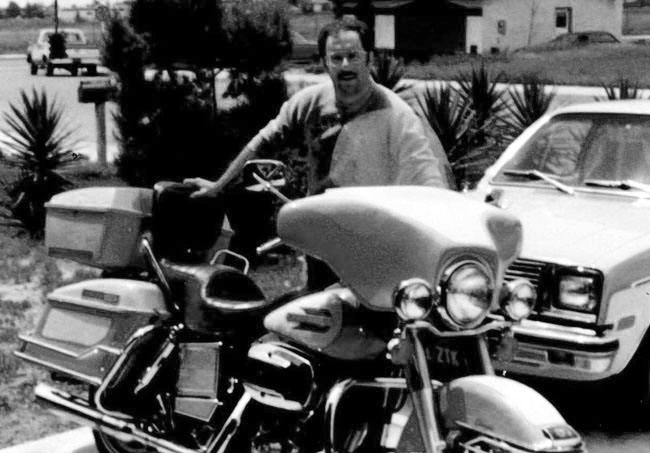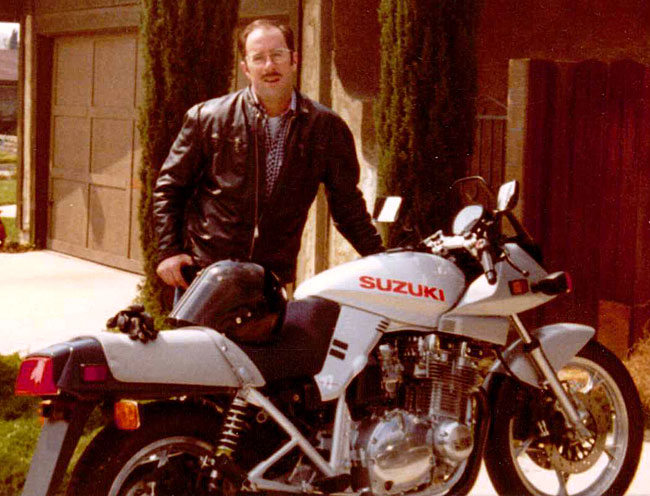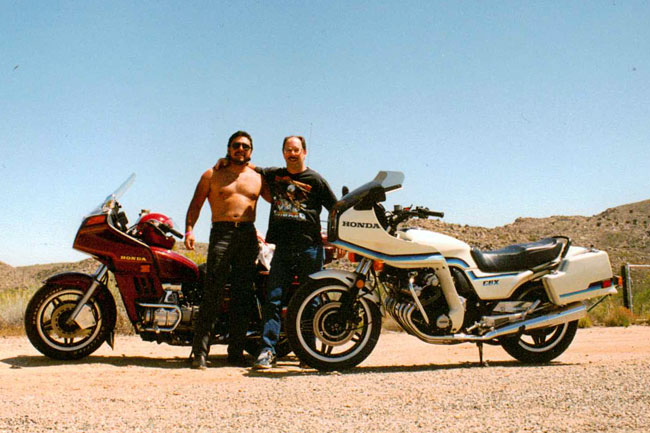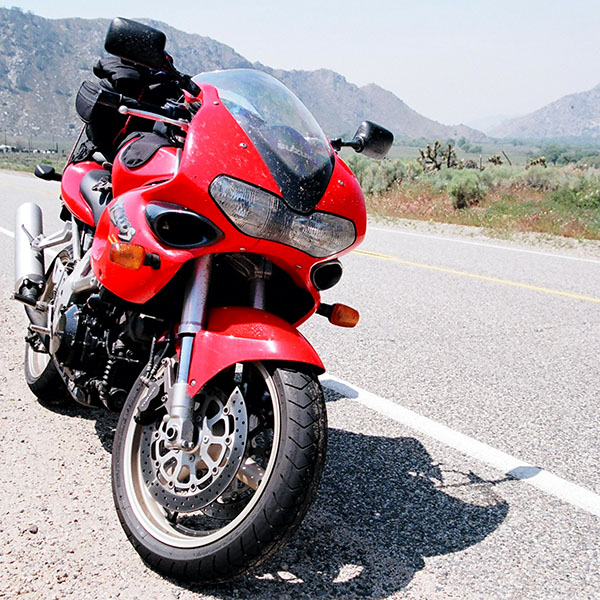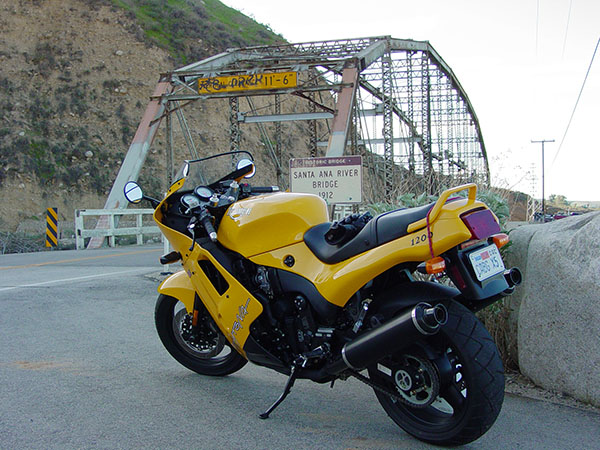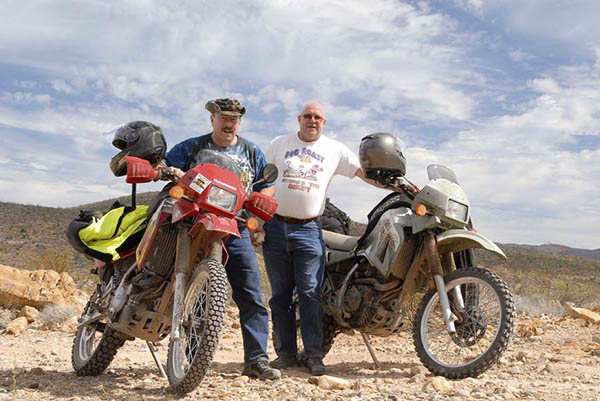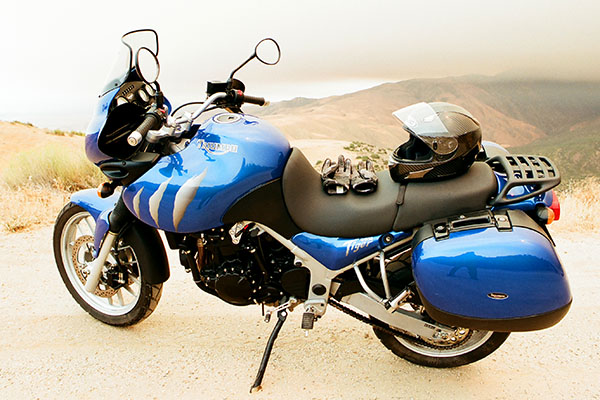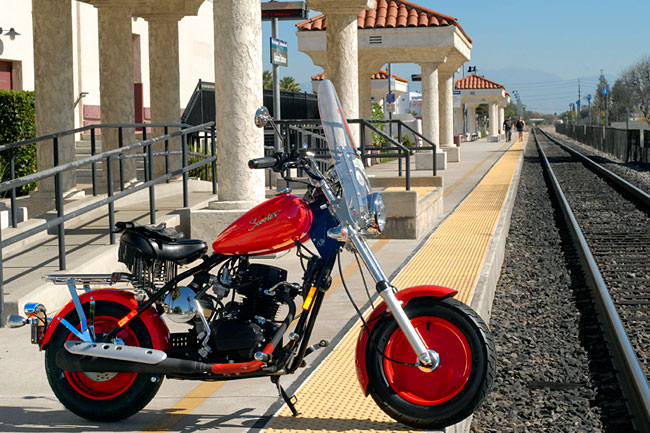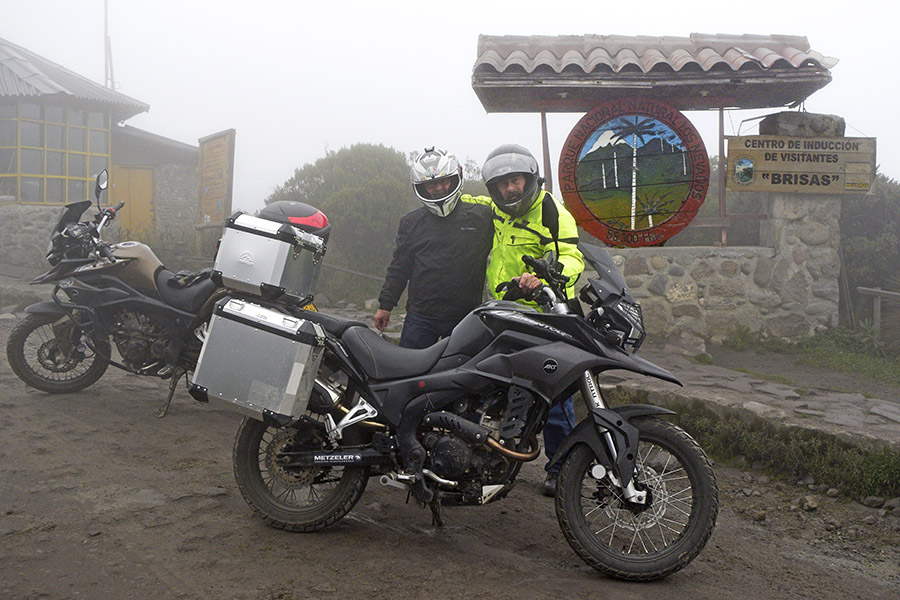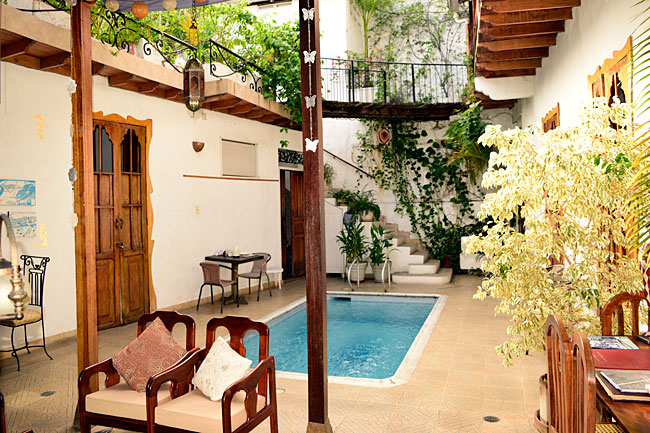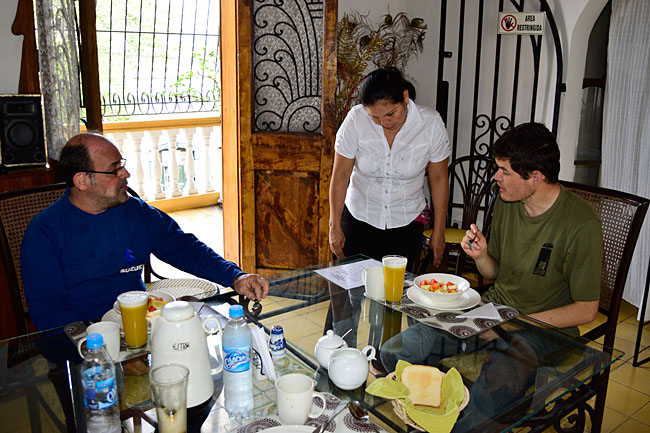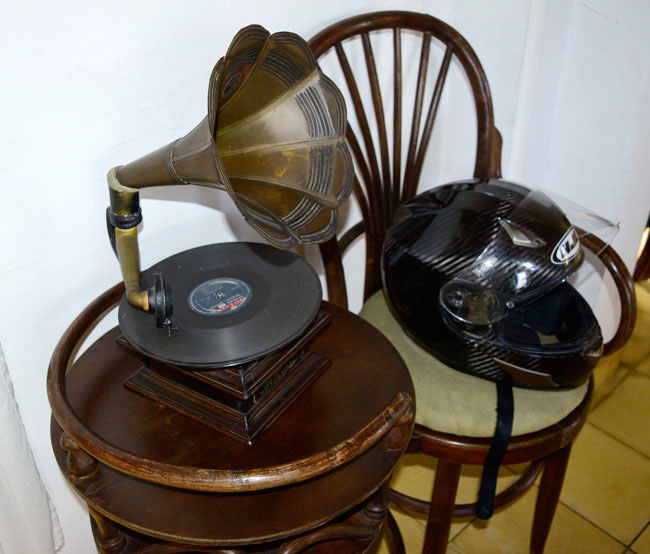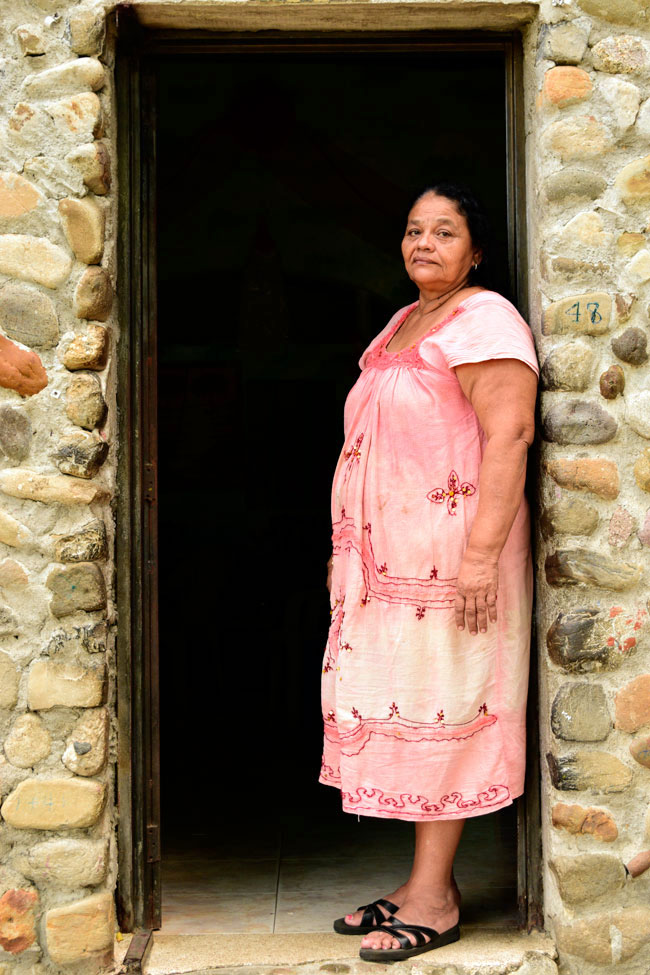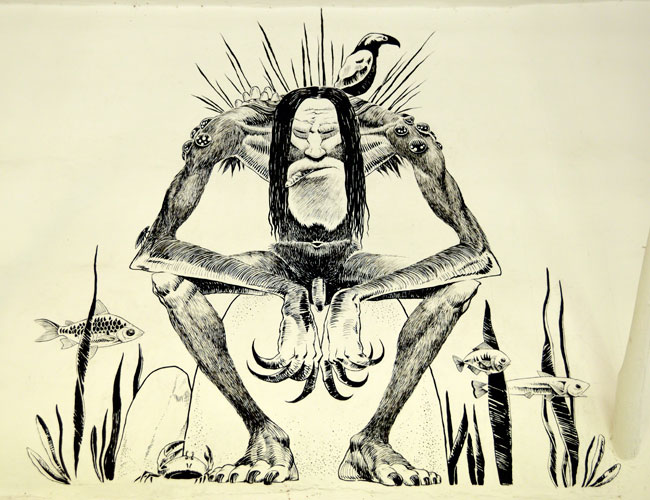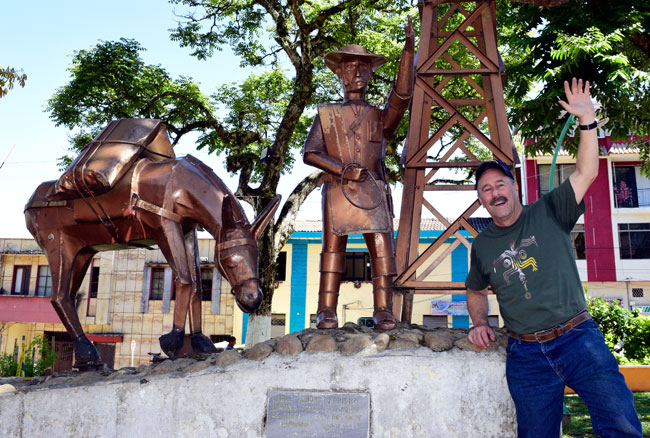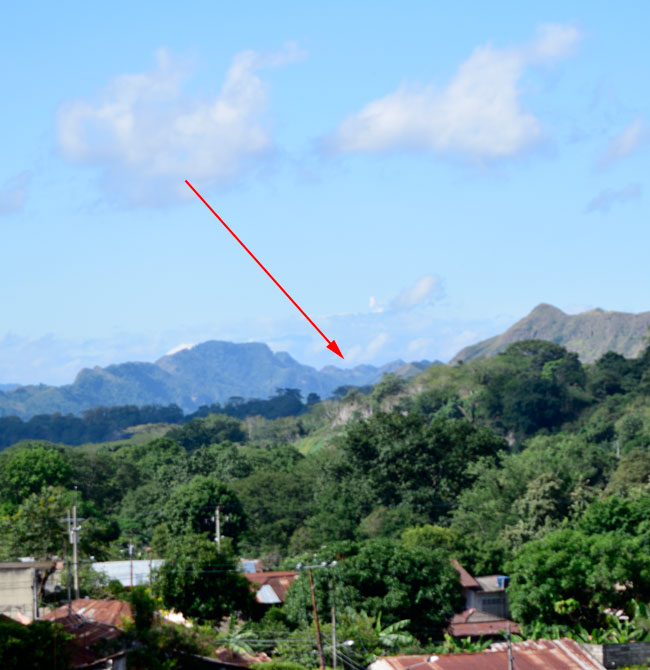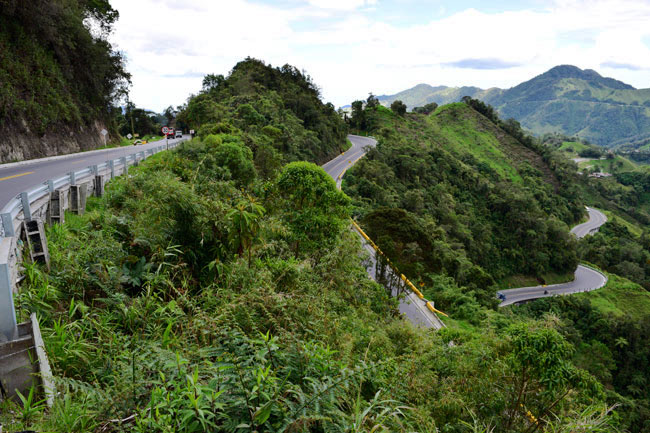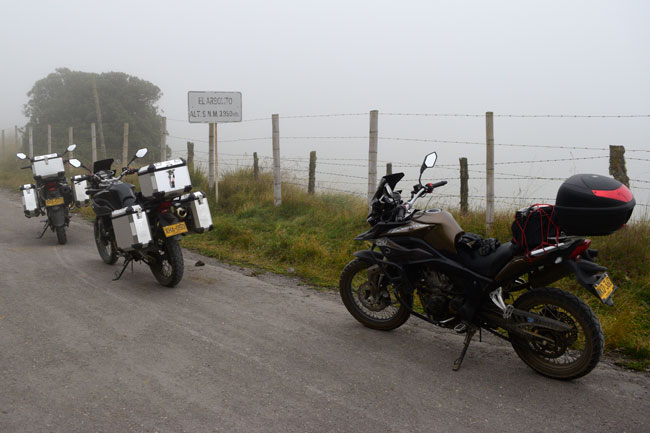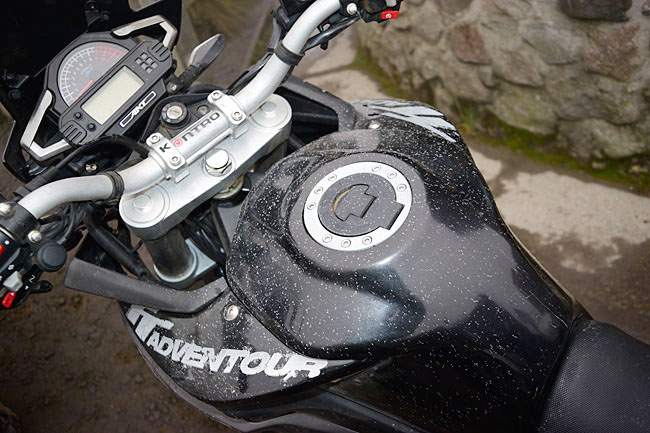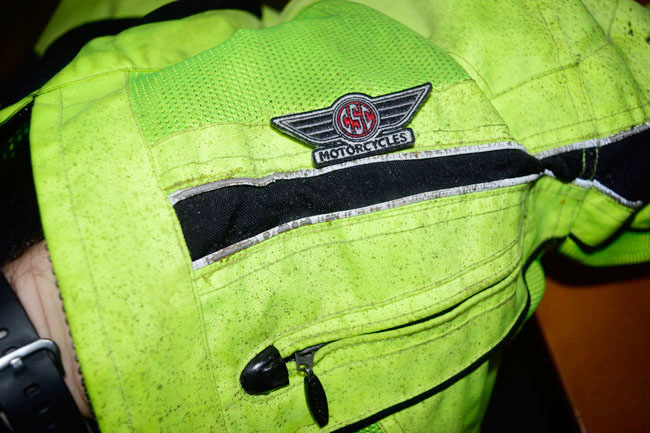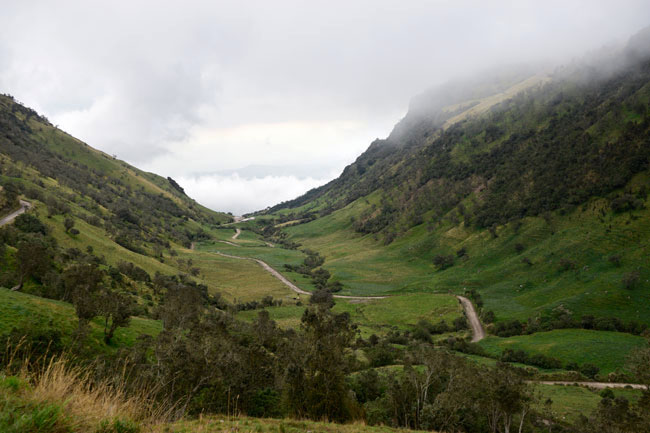By Mike Huber
Instead of one of my usual blogs on motorcycles, I felt it was time to highlight some of my motorcycling shortcomings. Many of us when starting this magnificent hobby have had a few blunders along the way and, well, some of us have had more significant blunders than others. Being who I am, it seems when I do anything it is extreme. Over my 28 years of motorcycling, it is pretty obvious that riding is no different.
I was a young U.S. Army Specialist serving in the 82nd Airborne Division. One of my best friends was about to go through a rough divorce at the same time that I felt the call to obtain my first motorcycle. He let me practice on his bike and use it for the test if I purchased it from him. Facing an imminent divorce allowed for an extremely generous discount (he needed divorce and beer money), and being flat broke, this was what led me to make the purchase. The bike was a bright yellow Honda Magna 750 that had more than enough power (probably too much) for a first motorcycle.
The deal was pretty much done. I passed my written test and was ready to take my driver’s exam. I’m not sure if I was nervous or inexperienced (or both), but as soon as I started the test maneuvering around cones, I knew I was making a ton of mistakes. The Honda Magna was heavy and not the best choice for a new rider taking the motorcycle license test. Amazingly, though, I passed the exam. I later learned my friend had been chatting up the evaluator while I was testing to distract him. Regarding a successful test output, my friend had as much skin in the game as I did. After passing the test, I paid him $3500 in cash that I obtained by somehow qualifying for a personal loan. I became the proud owner of a 1995 Honda Magna 750!
It didn’t take me long to realize I was invincible on the Magna, even though I had no riding skills. I was a 22-year-old unstoppable 82nd Airborne Paratrooper with a fast motorcycle. What could go wrong?
Pretty much everything could go wrong. Almost every evening when leaving Ft. Bragg there would be lights flashing in my rearview mirrors. It couldn’t be for me as I was way too far ahead of them. This, of course, was because I was going over 100 miles per hour. Everything was distant in my rearview mirrors at that speed. From what others had told me, the MPs were not allowed to leave post and had to call any pursuits into the local Fayetteville police. By the time that happened and an officer would be dispatched, I was long gone and most likely home on my couch watching TV and having a beer.
This cat and mouse game went on for months. Not daily, but usually one or two times every week. I didn’t care as it was nothing but entertainment for me. These near run-ins with the law helped my ego, but did not improve my riding skills one bit. Until one day when the birds came home to roost.
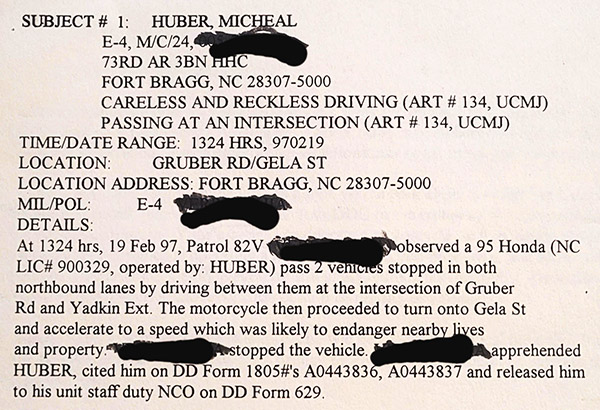
Sitting at a light on Ft Bragg, I decided to teach myself how to split lanes. Not noticing an MP (a Military Police officer) nearby, and noticing even less the car driver next to signaling the MP. Instantly the lights flipped on and I heard the “whoop whoop” of a siren. This happened at the moment the light turned green. All traffic stopped to allow the MP to move forward but he couldn’t as everyone had frozen (except for me, of course). Clicking down into first gear and blasting off like a Shillelagh missile, I was out of there. Knowing the MP would be able to catch up quickly (I was in the heart of Ft. Bragg), there was no running to the safety of the post border. After a quick couple turns, I realized it was probably best to pull over.
It was no surprise that the MP was not too happy. As he was listing my charges, I asked him if I could go inside my battalion headquarters to let my team know I would be late returning from lunch. The MP agreed, and I entered the headquarters building and proudly announced “Hey, Sarge, I am gonna need a little longer lunch today.”
My sergeant asked why, and the MP promptly and quite loudly said, “His ass is coming with me to the station!” As I rode to the MP processing station and received my charges, it hit me: It was my wedding anniversary. Since my CQ (Charge of Quarters) shift was 24 hours, I hadn’t called my wife. While the arresting officer was rambling to everyone in the station about my reckless driving, I thought this would be a good time to call her. I asked and was granted permission to make a phone call. I called my wife and wished her a happy anniversary. She was quite pleased that I somehow found the time to call during my busy day. The call was going great until my wife asked where I was.
“Ummm, jail,” I said. “I am in jail.”
My wife was instantly very mad at me. Prior to that she had been happy. I’ll never understand women.
Once released from jail, I was not punished, other than receiving a written letter stating that I had embarrassed the battalion and the 82nd Airborne Division:

The letter was quite stern. I could not ride a motorcycle on Ft. Bragg until I successfully completed a motorcycle training class. The safety class was sorely needed, as my riding skills were horrendous (to say the least). The one hope I had was that upon completing the training class my new riding skills would be used for good and not evil. Sadly, there would be a Part 2, a Part 3, and even possibly a Part 4 to my maturing as a motorcyclist. For the time being, however, I was allowed back on post and I didn’t receive any military judicial punishment, and that was something to be thankful for.
Never miss an ExNotes blog:

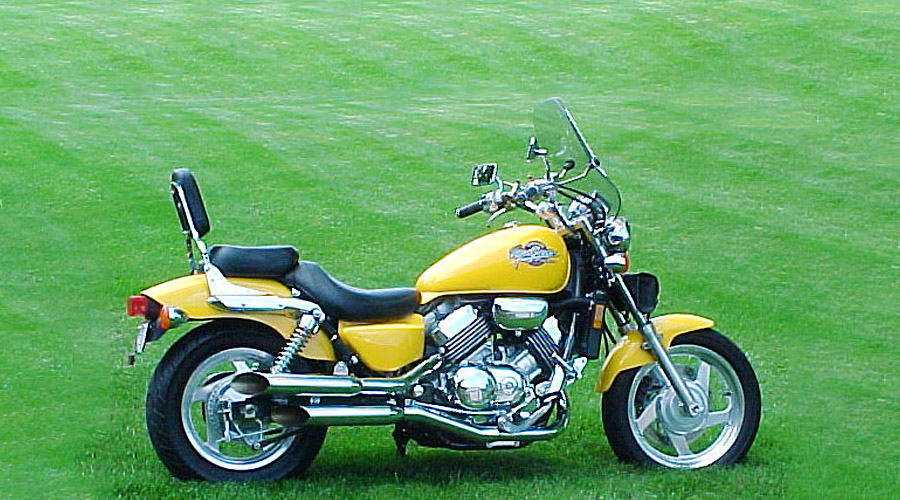


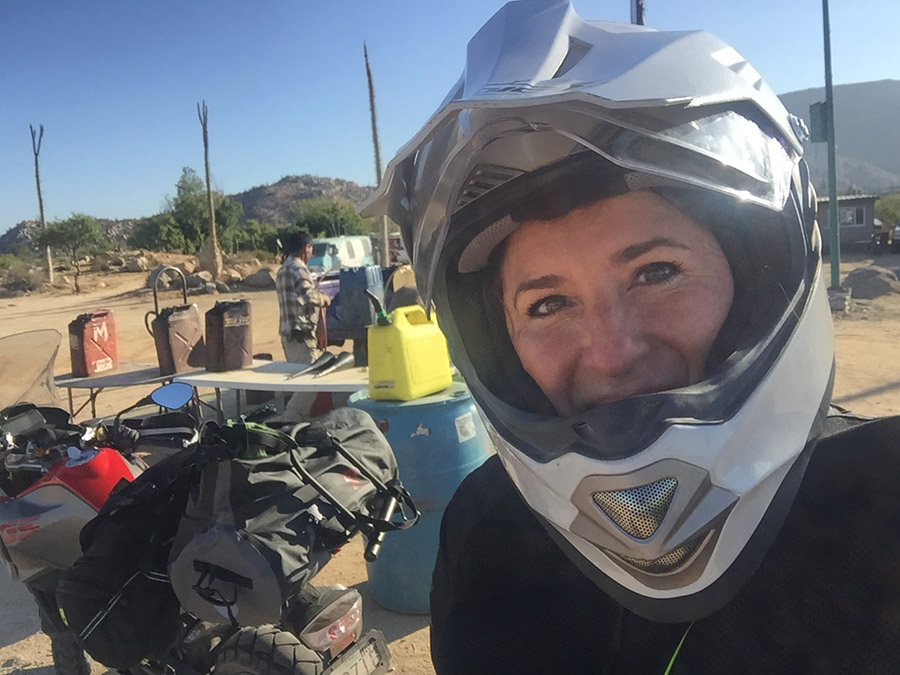
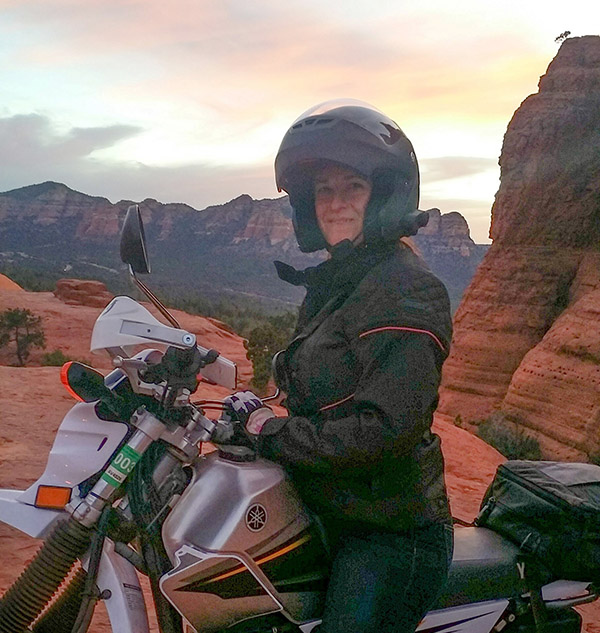
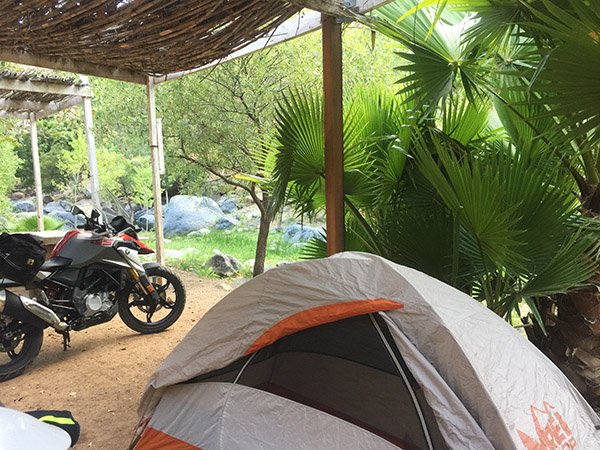
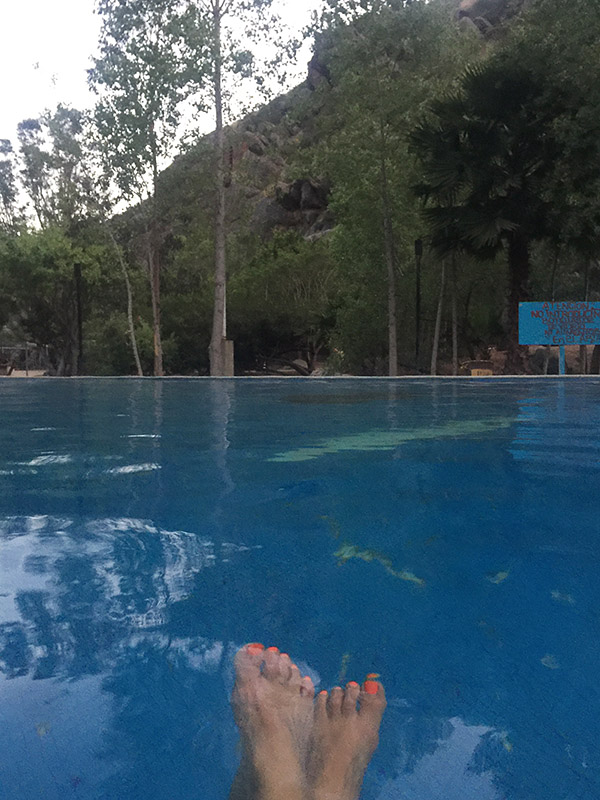

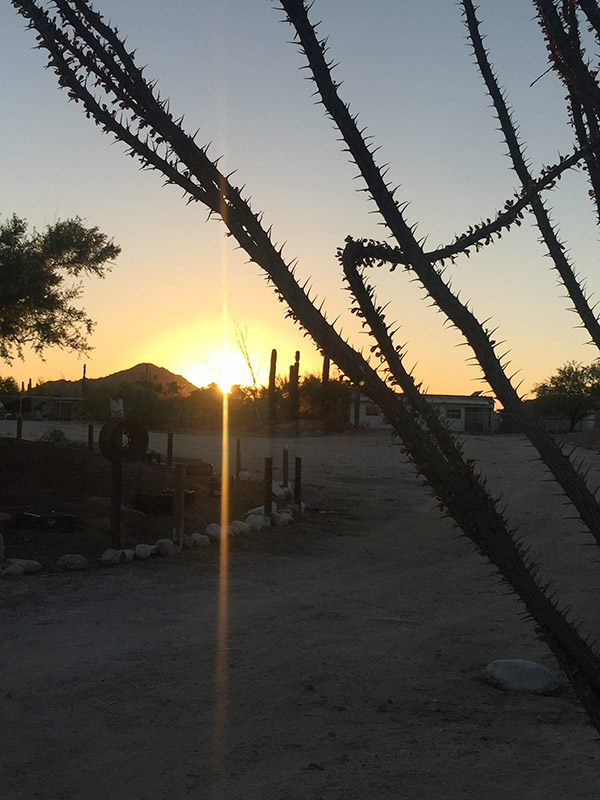
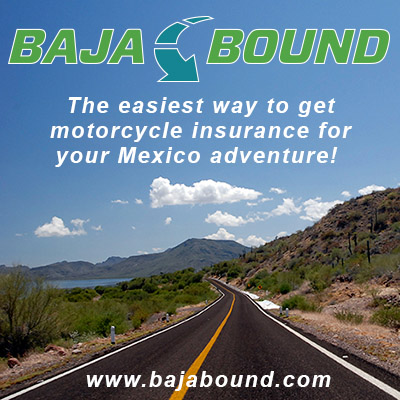
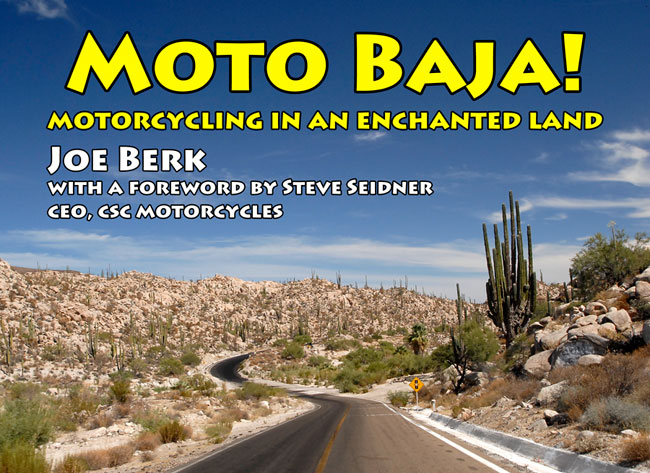
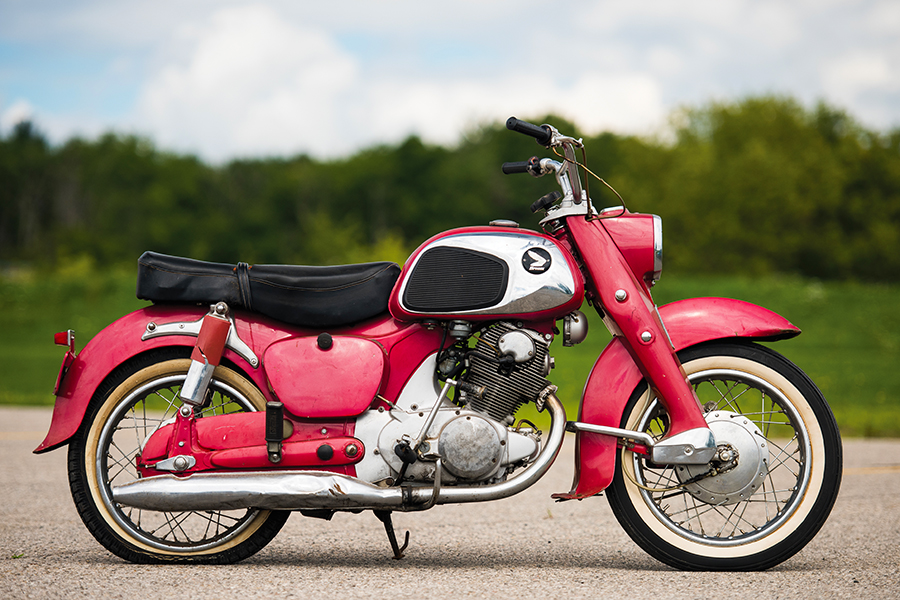

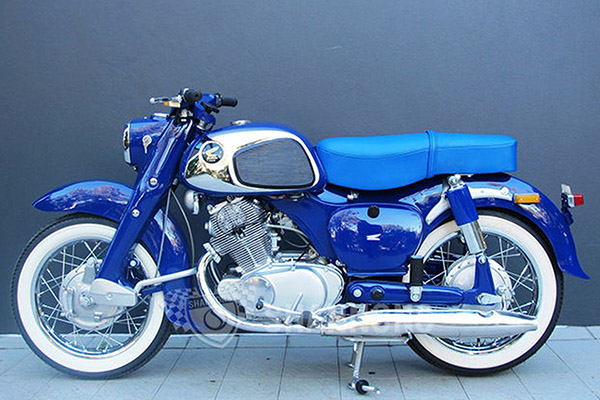
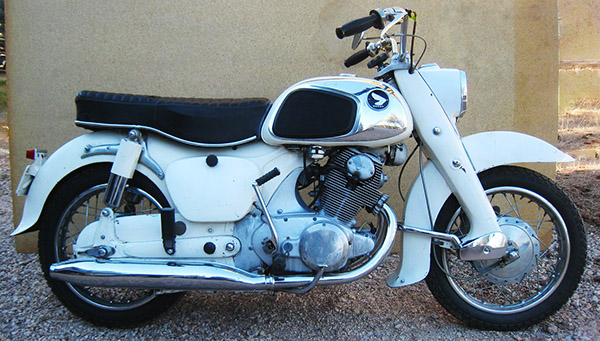






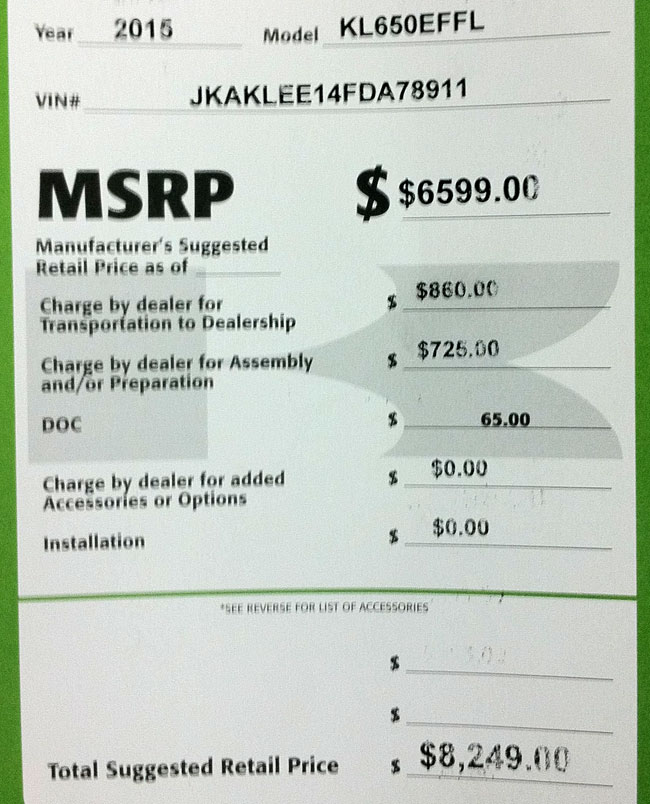
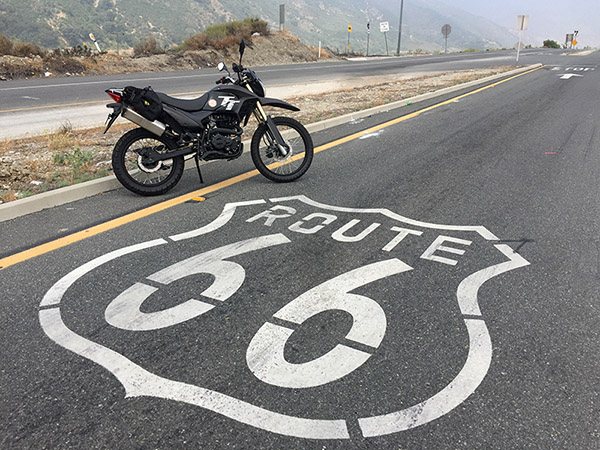
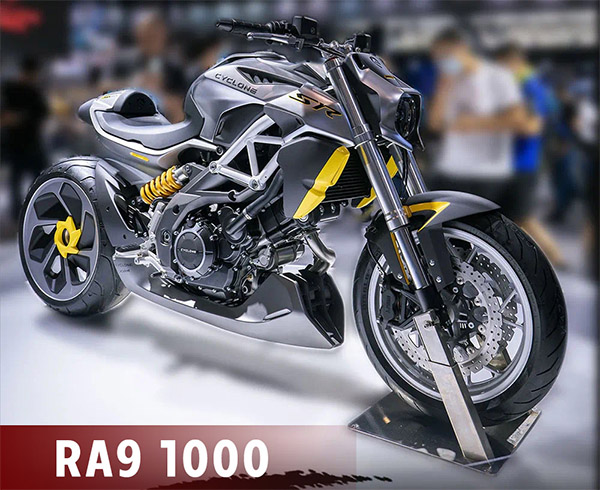
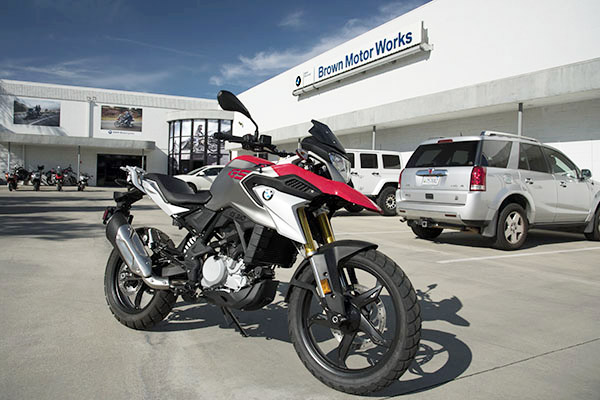
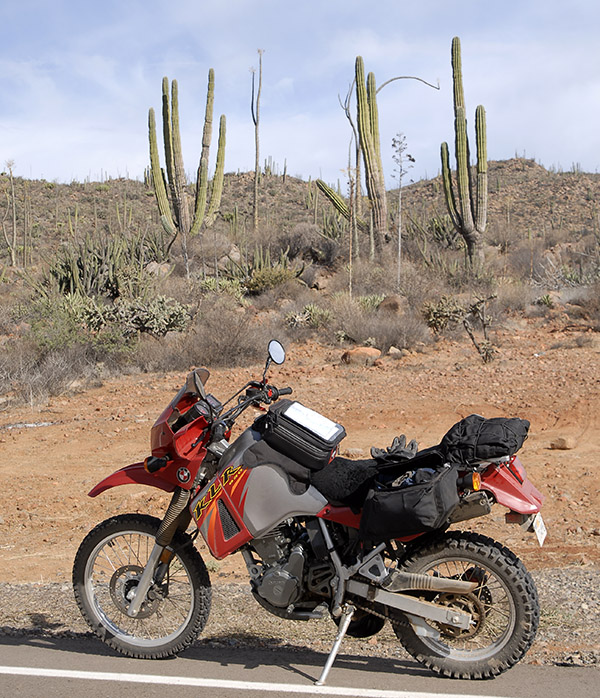
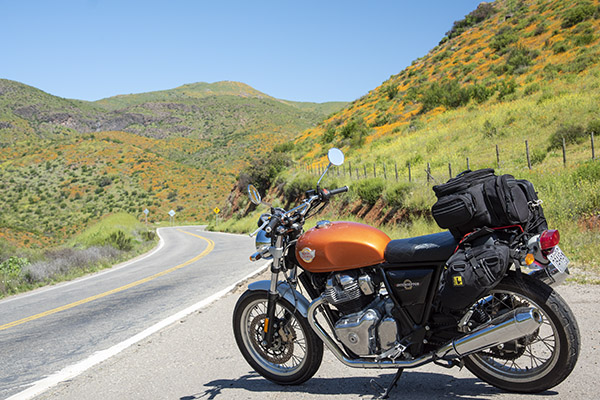
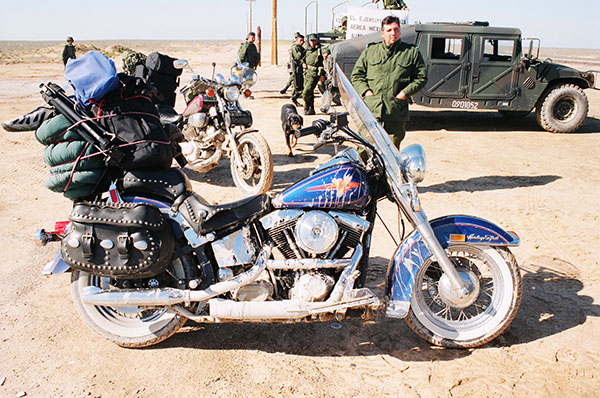
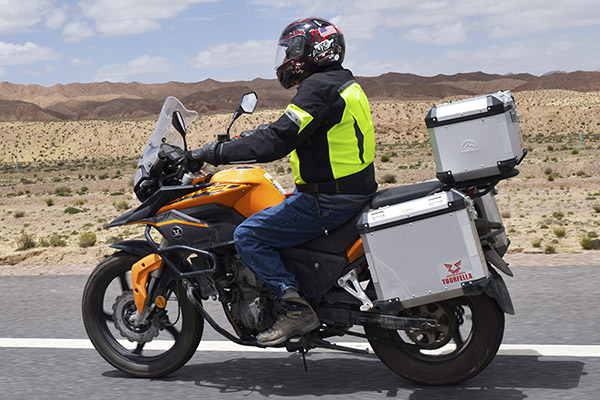
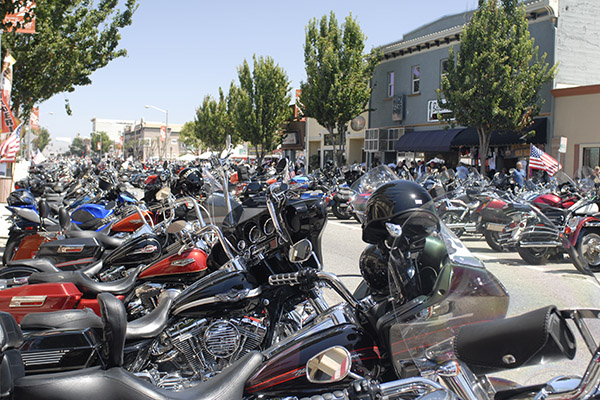
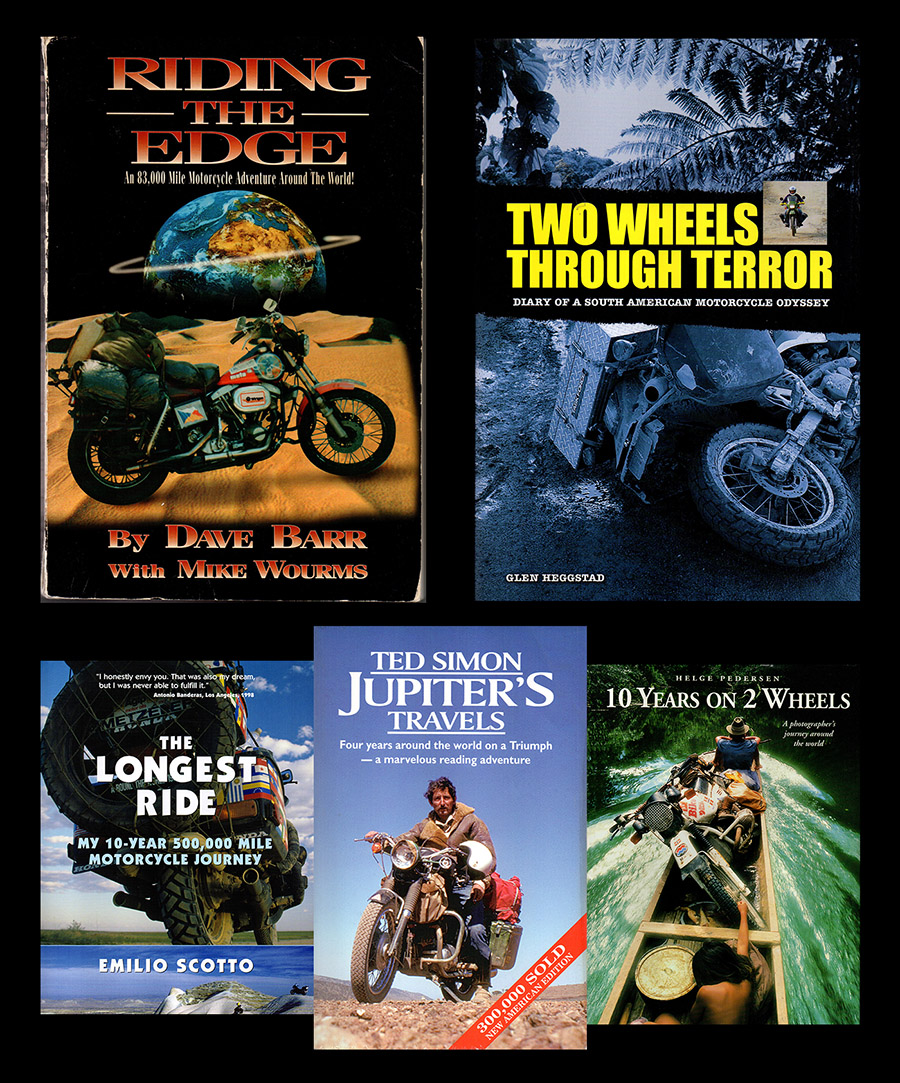
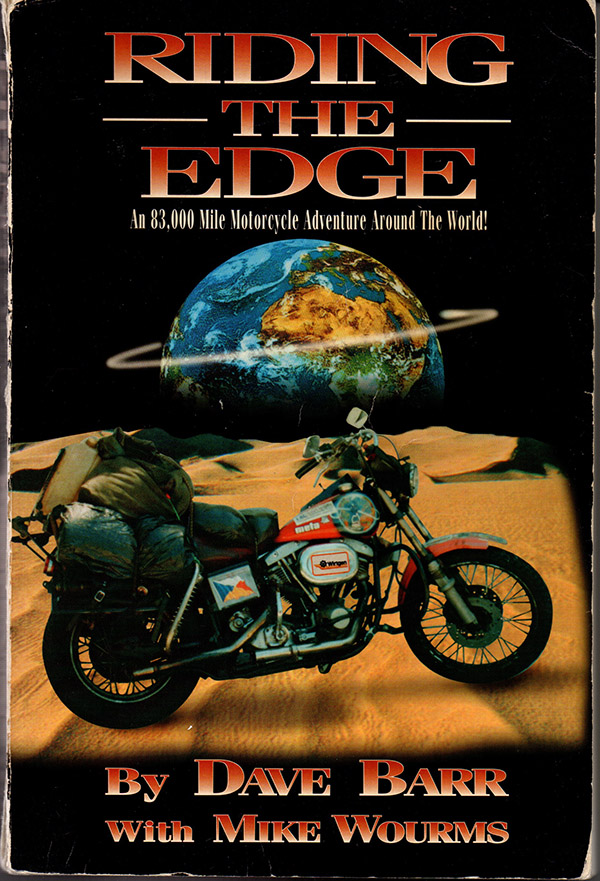
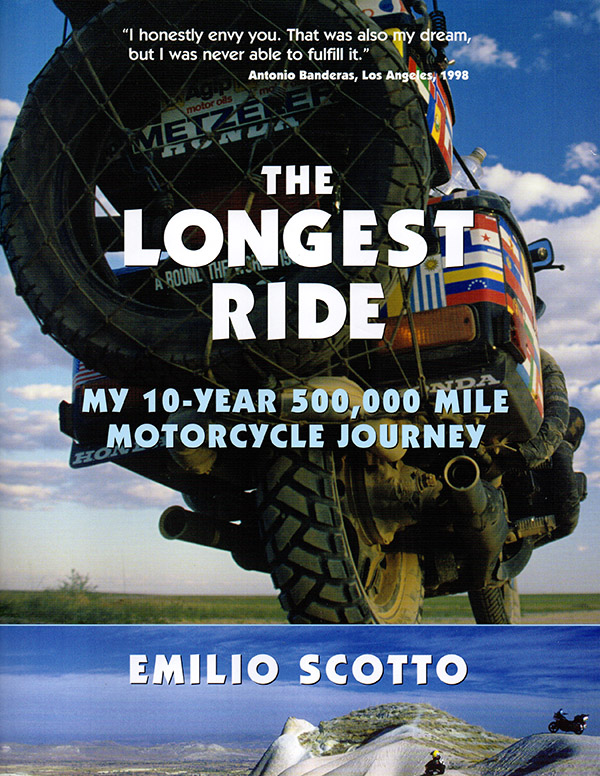
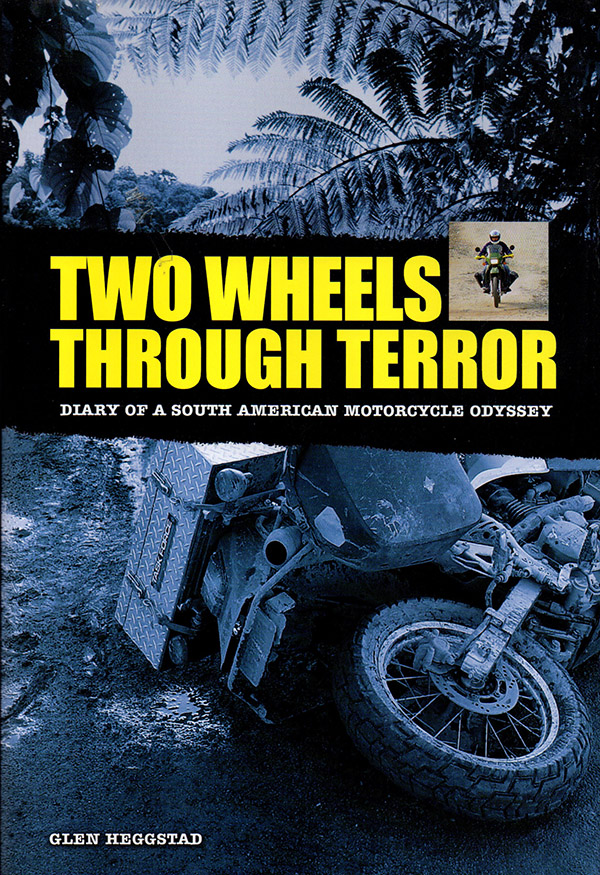

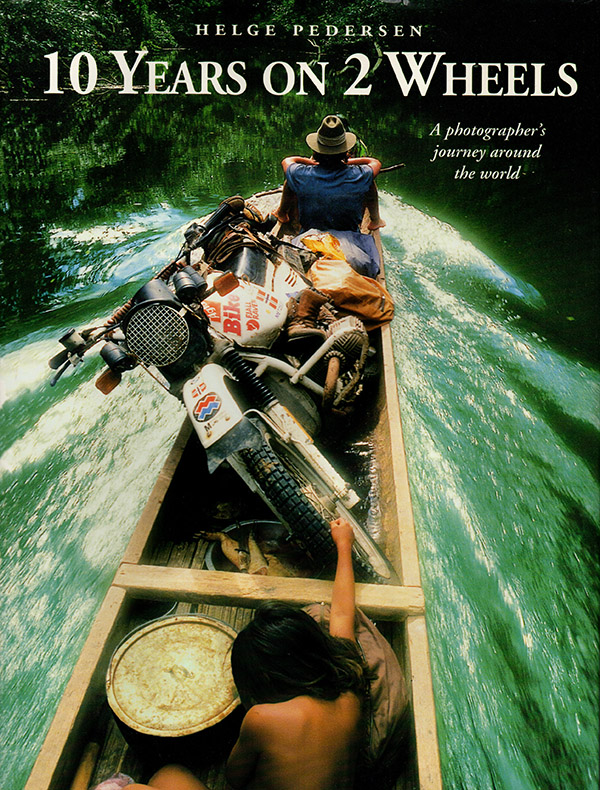 What sets
What sets 